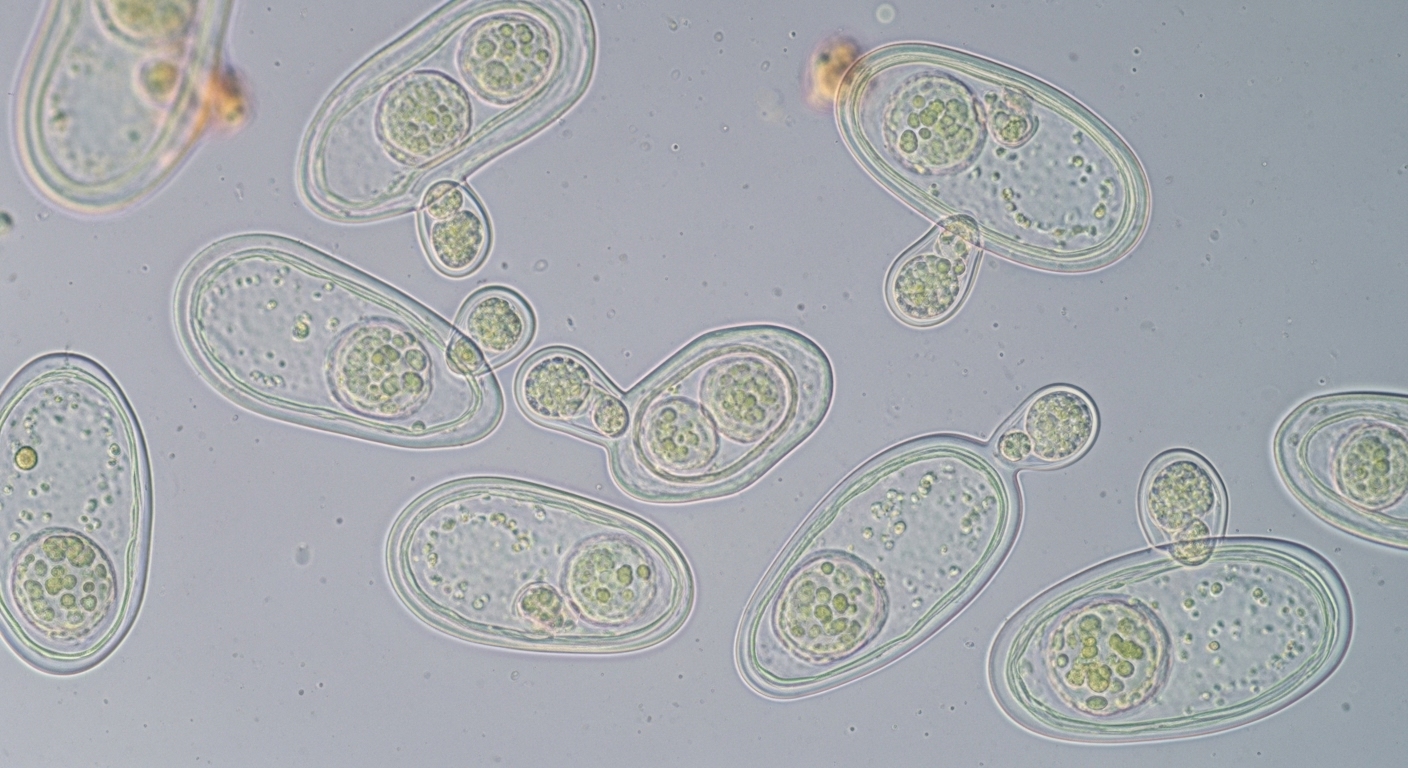Dr. Kumar’s Take
For children who often more vulnerable to antibiotic‑associated effects, this RCT shows that Saccharomyces boulardii isn’t just helpful: it provides a large protective effect. This study gives a strong case for incorporating S. boulardii alongside antibiotics, especially for high‑risk children.
Key Takeaways
- Study involved 269 children, ages 6 months to 14 years.
- All were prescribed antibiotics for otitis media or respiratory infections.
- Children who took S. boulardii had only 8% incidence of diarrhea vs 23% in placebo.
- Risk of confirmed AAD dropped from 17.3% to 3.4%.
- Relative risk reduction was ~70–80%.
- S. boulardii was well tolerated with no reported adverse effects.
Actionable Tip
If a child is prescribed antibiotics, adding S. boulardii 250 mg twice daily (starting on day one) can significantly reduce the chance of diarrhea. Continue until the antibiotic course ends.
Study Summary
This randomized, double‑blind, placebo‑controlled trial investigated whether S. boulardii could prevent antibiotic‑associated diarrhea in children. Participants were treated for common infections like otitis media or bronchitis and followed during and after their antibiotic course for signs of diarrhea. The results showed a clear protective benefit.
Study Design
- Participants: 269 children aged 6 months to 14 years
- Conditions treated: Otitis media or respiratory infections
- Antibiotics used: Varied, typical outpatient pediatric prescriptions
- Intervention: S. boulardii 250 mg twice daily, throughout antibiotic course
- Control: Placebo, same schedule
- Follow-up: During antibiotic treatment and two weeks after
- Primary outcome: ≥3 loose stools per day for at least 48 hours
Results
- Overall diarrhea incidence: 8% in the probiotic group vs 23% in placebo
- Antibiotic-associated diarrhea (AAD): 3.4% vs 17.3%
- Relative Risk Reduction: ~70–80%
- Number Needed to Treat (NNT): About 7 to prevent one case of AAD
- Safety: No adverse events linked to the probiotic
Biological Rationale
S. boulardii is a probiotic yeast that resists destruction by antibiotics. In the gut, it helps restore microbial balance, strengthens mucosal immunity, and neutralizes toxins. In children, whose gut microbiota are still developing, this protective buffer can be even more impactful.
Strengths & Limits
Strengths:
- Pediatric-focused RCT with strong blinding and placebo control
- Clear definitions for diarrhea outcomes
- Included both overall diarrhea and confirmed antibiotic-associated cases
Limitations:
- Only one dosage tested (250 mg BID)
- No long-term microbiome analysis
- Single-center study in Poland may limit generalizability
Related Studies and Research
- Saccharomyces boulardii in the prevention of antibiotic-associated diarrhoea: meta‑analysis
- SB + Amoxicillin‑Clavulanate Effects on Gut Microbiota (RCT)
- High‑Dose Vancomycin + SB for Recurrent C. difficile
- SB in H. pylori Therapy (RCT)
- 🎙️ Saccharomyces boulardii Explained – Podcast Episode
FAQ
Can children under 6 months take S. boulardii?
This study started at 6 months. There’s limited evidence below that age. Use clinical judgment and consult pediatric guidelines.
What if the child is already showing diarrhea symptoms?
While this study focused on prevention, S. boulardii is often used as treatment too. Starting it early is ideal.
Can this be used with other probiotics?
Yes. S. boulardii works synergistically with many bacterial probiotics like Lactobacillus rhamnosus GG.
Bottom Line
For children on antibiotics, S. boulardii is a simple and well-tolerated intervention to dramatically reduce the risk of diarrhea. The earlier it’s started, the more likely it is to help.


